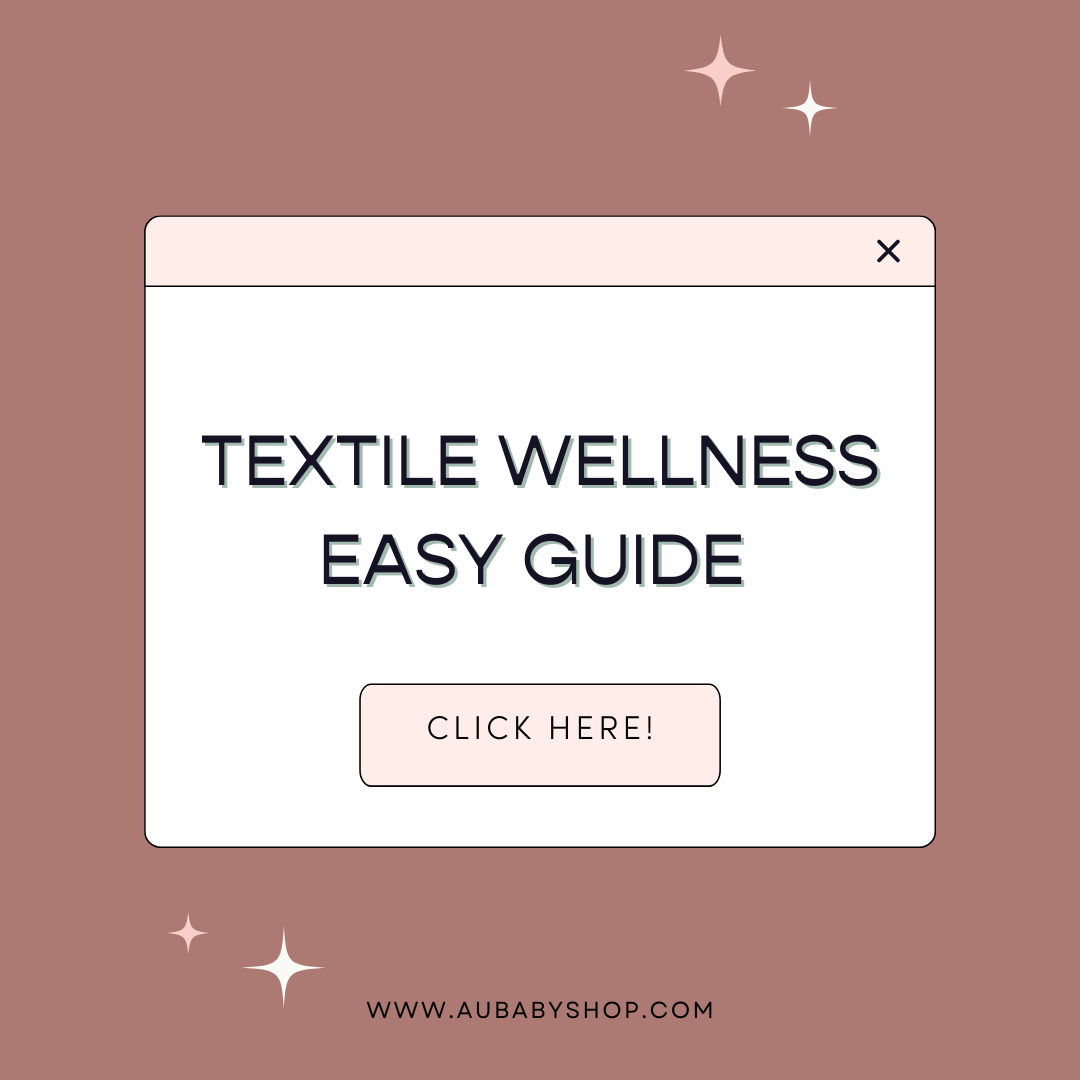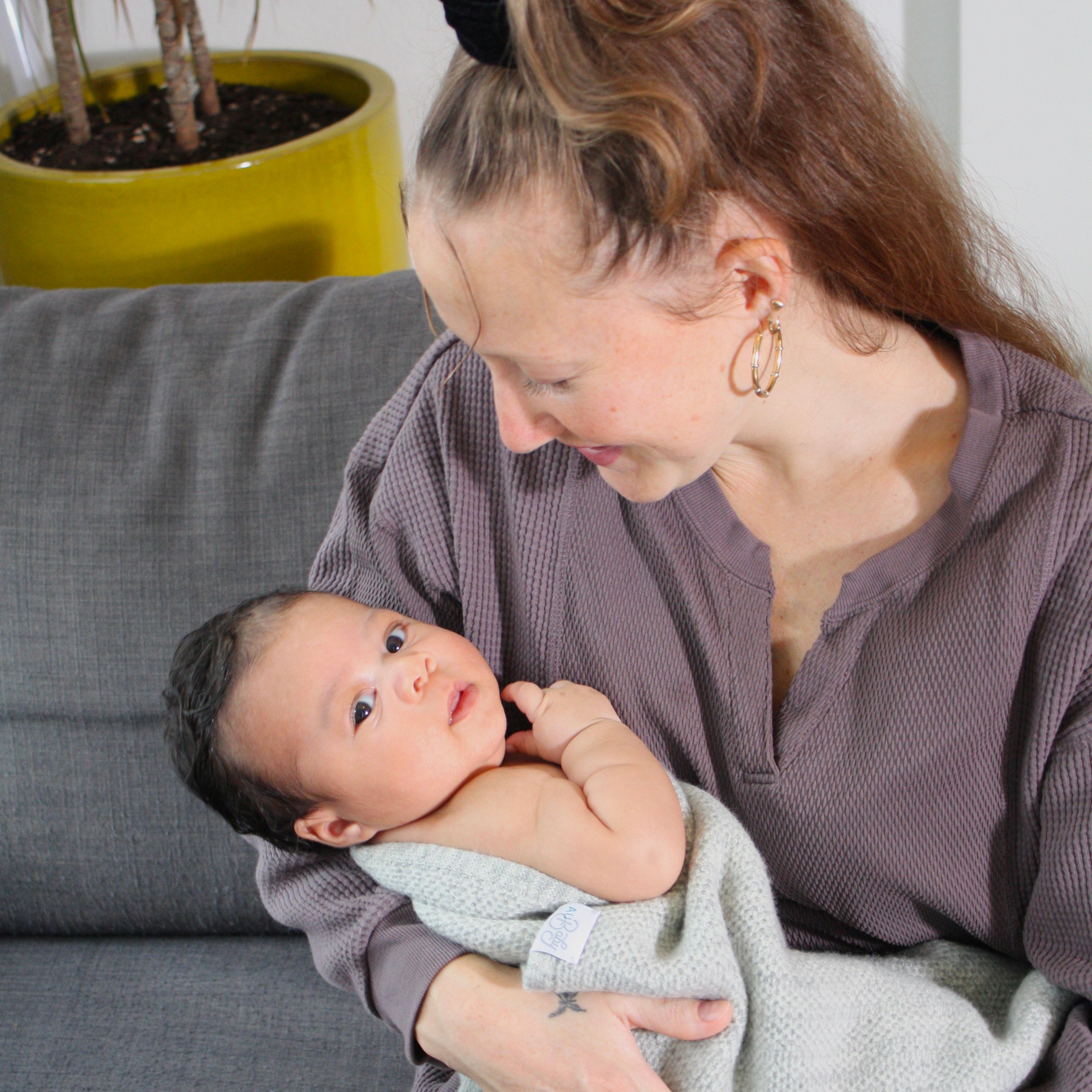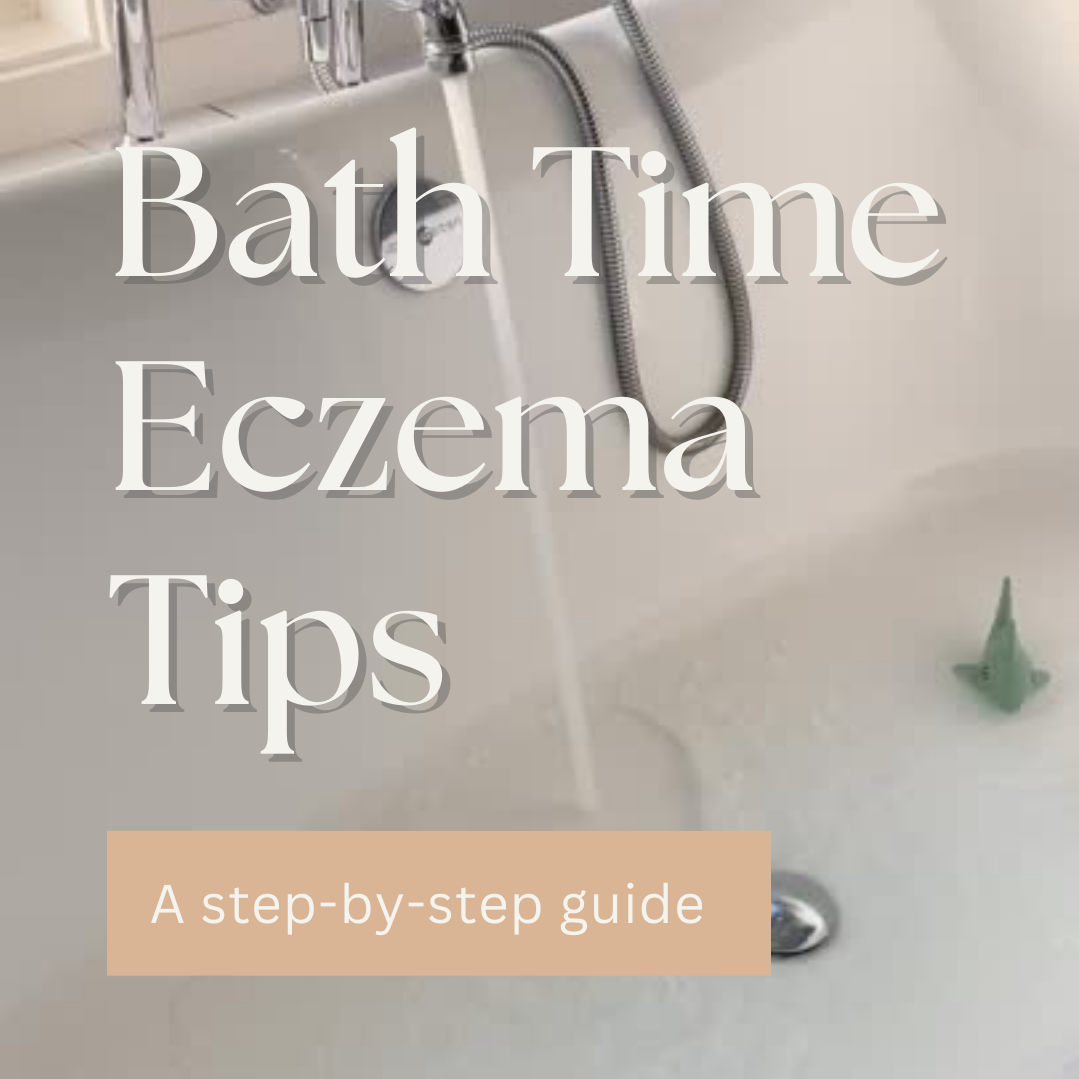Textile Wellness 101


Over the last few years, the clean beauty movement has picked up steam and we’ve collectively started to understand that what goes on our skin goes into our bodies. We’ve educated ourselves on the importance of non-toxic skincare products for ourselves and our children. But what about the fabrics we wear, workout in and sleep on? What about the textile choices we make for our babies and children?
The purpose of this blog post is to engage and inform our readers on the topic of Textile Wellness. It’s about shifting a mindset about the importance of EVERYTHING we put on our skin, not just makeup and personal care products.
If we pay more attention to the fabrics we choose, we reduce the toxic load on our bodies and the environment. Textile Wellness matters for all of us but is especially important for children under the age of 2, as their skin barrier is immature and up to 30% thinner than an adult’s. Not only is the skin of a newborn thinner, it’s also more permeable.
Before we go into our textile guide, let’s break down exactly how chemicals from everyday fabrics can enter our bodies. Hint: there are 3 main avenues. First and foremost is absorption through the skin, our largest organ. We can also breathe in evaporating chemicals (such as formaldehyde and chlorinated organic compounds) which often evaporate at room temperature. Lastly, there’s abrasion, in which microscopic fabric particles break off and are either ingested or breathed in. It’s important to note that many common chemicals such as heavy metals used in dyestuffs never evaporate. So, every time the fabric is rubbed or pulled on, those particles break off and fall into the dust in our homes. Studies show that babies are especially vulnerable to this type of toxic dust.

Many times, if there was an ingredients list on a clothing label that showed what was IN the fiber, not just what it’s called, you wouldn’t want it near your or your baby’s skin. So, it’s helpful to know some basics about everyday fabrics and the difference between natural and synthetic fibers. Natural fibers are found in their fiber form in nature and can be protein or cellulose based. So, essentially they are from either plants or animals. Examples of natural fibers are cotton, wool, alpaca, linen, and so on. Synthetic fibers, on the other hand, are manmade with a significant amount of chemistry. Take bamboo fabric, for example. It sounds like a natural fiber but it doesn’t exist in its fiber form in nature. It takes massive amounts of harsh chemical solvents to turn the rigid, tough bamboo into the buttery soft fabric we’re familiar with. This is known as the viscose process.
So, we want to prioritize natural fibers like merino and organic cotton as much as possible and avoid synthetics - especially polyester, acrylic and polyamide as they are all made with petrochemicals.
The so-called semi-synthetics like viscose, bamboo, TENCEL™️ and Lyocell, have varying degrees of toxicity because the way they are processed can vary greatly. TENCEL™️, for instance, is a better choice over standard bamboo because it is produced with a less toxic solvent in a closed-loop process that does not contaminate wastewater.
One way to navigate the marketplace is by checking for organic certifications. You’ve likely seen a tag displaying OEKOTEX Standard 100 certification, which tests for 250 harmful chemical residues. So, although fully organic natural fibers are a better choice than bamboo, if the bamboo fabric is OEKOTEX certified then rest assured there are no harmful residues lurking in the fabric. The gold standard safety certification is The Global Organic Textile Standard (GOTS), which includes the organic / non-toxic component along with social and environmental criteria along the entire processing journey. One key differentiator to keep in mind is that OEKOTEX can cover all fabric types while GOTS only covers natural fibers. And in case you were wondering, our blankets are both GOTS and Responsible Wool Standard (RWS) certified!

Sources:
1Horstmann, M and McLachlan, M; "Textiles as a source of polychlorinated dibenzo-p-dioxins and dibenzofurrans (PCDD/F) in human skin and sewage sludge", Environmental Science and Pollution Research, Vol 1, Number 1, 15-20, DOI: 10.1007/BF02986918 SEE ALSO: Klasmeier, K, et al; "PCDD/F's in textiles – part II: transfer from clothing to human skin", Ecological Chemistry and Geochemistry, University of Bayreuth, CHEMOSPHERE, 1.1999 38(1):97-108 See Also: Hansen,E and Hansen, C; "Substance Flow Analysis for Dioxin 2002", Danish Environmental Protection Agency, Environmental Project No.811 2003 / 2http://911research.wtc7.net/wtc/evidence/gases.html / 3 Ibid. / 4Sick of Dust is the first U.S. study to find organotins and perfluorinated compounds in household dust. See the Sick of Dust report at http://www.safer-products.org. In addition to organotins and perfluorinated compounds, the testing also detected pesticides, phthalates, alkylphenols and flame retardants. All of these are used in textile processing.




Comments